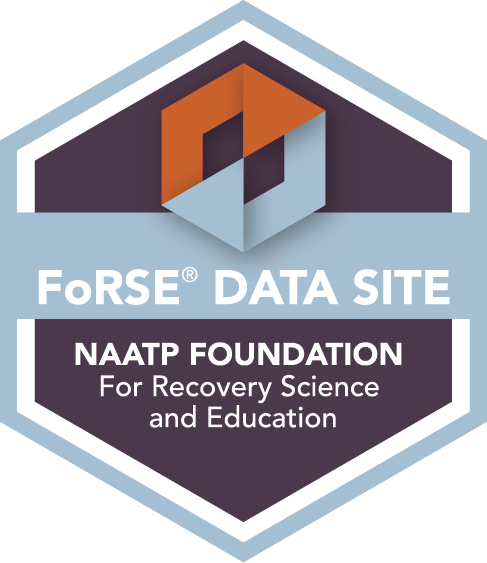
At substance abuse clinics, treatment programs are developed using a full-spectrum approach to care. This care will usually include cognitive behavioral therapy, but it can also include taking prescribed medications. While many people don’t understand the logic behind treating alcohol or opioid addiction with medication, what they don’t realize is that addiction is both a physical and mental illness. As people engage in substance use, their bodies and brains become dependent on the substance, which in turn encourages further abuse. Without medication, this cycle is often impossible to break.
What Is Medication-Assisted Treatment?
In substance abuse programs, therapy with prescribed medication is referred to as Medication-Assisted Treatment—known as MAT, for short. Although the specific medication used for MAT will vary depending on which substance the patient is addicted to, MAT is considered an essential component to a successful recovery because it helps break the cycle of addiction.
How the Brain Becomes Addicted
When you do something enjoyable, your brain releases endorphins, also called endogenous opioids. These endorphins attach to the opioid receptors in the brain, which in turn causes them to release dopamine. The increase in dopamine gives you a “feel-good” rush, which makes you want to do it again. Repeating this cycle is what leads to addiction.
How MAT Breaks the Cycle
For treating opioid addiction, for example, Suboxone is used for MAT. Suboxone contains buprenorphine as well as naloxone. Suboxone is known as a partial opioid agonist, which means that it has the ability to bind to the receptors in the brain that are typically activated by opioid drugs. It even has the ability to “knock loose” opioid particles that are already bound to receptors and take their place. This can help reduce urges, as well as lessen withdrawals.
Similar to Suboxone for opioid addiction, Vivitrol works to combat alcohol addiction by also blocking the brain’s opioid receptors. With these receptors blocked, cravings are curbed and the person is no longer able to experience alcohol-induced euphoria, making it less likely that they will engage in heavy drinking.
Targeted MAT for Accompanying Mental Illness
In many instances, addiction can be accompanied by other mental illnesses. In this case, a patient’s MAT therapy program can be extended to include medications to target those conditions. For example, the overuse of alcohol can cause some people to develop depression, due to the nature of alcohol being a “downer.” As part of a complete plan, your care provider could prescribe anti-depressant medications. Other examples MAT therapy can include prescribing benzodiazepines (Xanax) for patients who experience severe anxiety attacks, or methylphenidate (Ritalin) for patients whose addiction was induced by ADHD.
Using Medications Should Be in Tandem with Therapy
When it comes to treatment for addiction, simply giving the patient MAT therapy to combat their addiction isn’t enough. The use of these medications must be closely supervised, as some of these medications also have the potential to be misused. In addition, MAT therapy must be accompanied by cognitive behavioral therapy, to help the patient develop coping skills to change their physical behaviors going forward.
Medication-Assisted Treatment in Havertown, PA
Addiction is hard to curb when faced with the severe chemical imbalances it causes. As the world of substance abuse treatment evolves, it is becoming more known that pharmaceuticals are necessary to help people overcome it. When thinking of treatment for alcohol or opioid addiction, consult the staff at American Treatment Network to make informed decisions for your care.
American Treatment Network offers modern approaches to substance abuse treatment in Havertown, PA, by addressing the whole patient. Our balanced approach addresses the various physical, mental, and behavioral health issues. If you know someone suffering from addiction, contact us today to get help.


